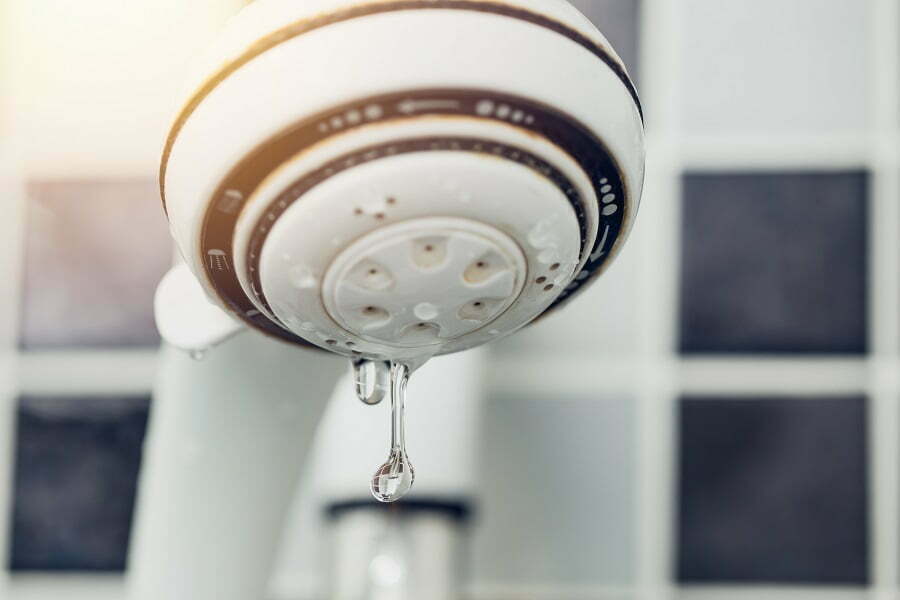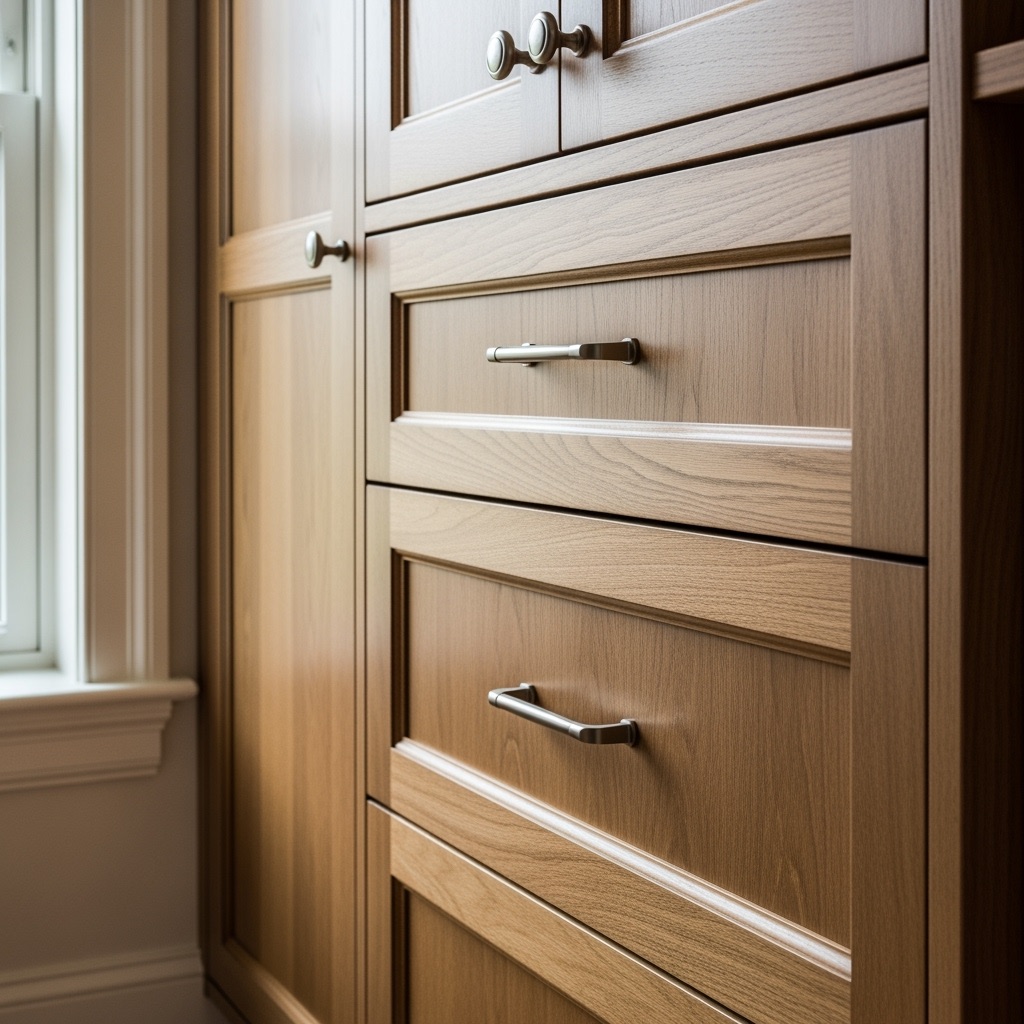Last updated on
A quick lookup will tell you that you should replace your shower head every 6 to 8 months? Do you really need to change it so often?
What if you have shelled out a couple of hundred dollars on a high-end showerhead? Do you still need to discard it half a year later? That’s quite an expense!
The real answer to how often you should replace it lies in the type and quality of the showerhead itself. They are indeed prone to limescale and bacteria buildup, and you should probably change that $20 showerhead every 6 months. But an expensive trendy showerhead will have you covered for 5 years or more (manufacturers give a warranty for up to 15 years!)
On the other hand, they can also be an expensive investment if you don’t take care of them properly. If your showerhead is leaking water all over the place, it could cost hundreds of dollars in repairs.
Signs You Need to Change Your Showerhead

The easiest way to tell if you need to replace the showerhead is to watch out for these signs.
Limescale Buildup
If there is sediment build-up on the bottom of your showerhead or around its base, this means that the seal has been compromised for some time now. This will cause leaks at any point where the seal meets the surface of the showerhead. The best thing to do here would be to change out your showerhead altogether.
Black Mold
This one may seem like a no-brainer, but black mold growth inside your shower head can lead to serious health issues such as respiratory problems. It is important to have your showerheads cleaned regularly so that these types of infections can’t grow.
Water Pressure Issues
When the flow rate from your showerhead drops significantly, this usually indicates that something needs replacing.
How to Prolong Your Showerhead’s Lifetime
Fortunately, there are some easy ways that you can prevent this from happening. Here are five tips for keeping showers running smoothly.
Clean It Often
The first step towards prolonging the life of your shower head is cleaning it thoroughly. Make sure that you clean off the exterior with soap and warm water before using it again. Also, make sure that you remove any residue left behind by previous users.
Check the Water Pressure
When replacing your showerheads, the first thing you need to do is check how much pressure your current one has. This will help determine whether or not you have enough pressure to keep things flowing well. The best way to find out what kind of pressure you currently have is by using a simple test kit like the ones available at Home Depot. These kits usually come with a small gauge which allows you to measure the amount of pressure inside your home. Once you know how strong your current flow rate is, you can decide on a new replacement.
Clean Out the Drain Line
When you install a new showerhead, make sure that you clean out any debris that may clog up the drain line before installing it. It’s important to remove anything that might get stuck down there because it could cause serious damage to your pipes. To ensure that everything gets cleaned out, use a snake tool to clear away any obstructions. Afterward, run hot water through the pipe until it runs clear so that no more debris remains.
Make Sure That There is Enough Flow Rate
If you notice that your shower isn’t as powerful as it used to be, it could mean that something needs fixing. One common problem is that people tend to leave their faucets open too long while taking a bath. Over time, minerals build up around the valve stem causing it to stick shut. When this happens, you won’t be able to turn off the water completely. Instead, you’ll hear a constant drip coming from somewhere within the walls. To fix this issue, tighten the handle back onto its housing. Doing this will allow you to close the tap again without having to worry about leaks anymore.
Keep Up With Maintenance
If you want to avoid problems later on, you shouldn’t wait until your shower starts dripping to think about maintenance. By regularly checking your valves, you can catch issues early on. For example, if you see that your shower doesn’t seem to be working right, try turning off the power supply to the fixture. Then, look into the electrical box where the wires connect to the fixtures. If you spot any loose connections, you can easily repair these yourself. Otherwise, call a professional plumber who specializes in plumbing systems. They’re trained to deal with such situations quickly and efficiently.
Consider Installing an Anti-Siphon Valve
An anti-siphon valve prevents water from leaking backward during flushing cycles. While they aren’t always necessary, many homeowners prefer them since they reduce the risk of flooding. However, most models require special tools to operate properly. Therefore, unless you already own one, you probably don’t need to buy one. You can also ask your local hardware store owner if he knows anyone who sells them.
The Takeaway
You don’t necessarily need to replace your shower head every 6 months. A high-quality and well-maintained showerhead can last you years.
FAQ
Showerheads do go bad because of the limescale and bacteria buildup. They lose pressure in water flow and may contaminate the water. Old showerheads should be replaced.
Low pressure, leaks, visible sediment buildups are signs of an old showerhead that needs to be replaced.
6 months to 5 years depending on the showerhead’s quality and manufacturer’s warranty.
Recap



